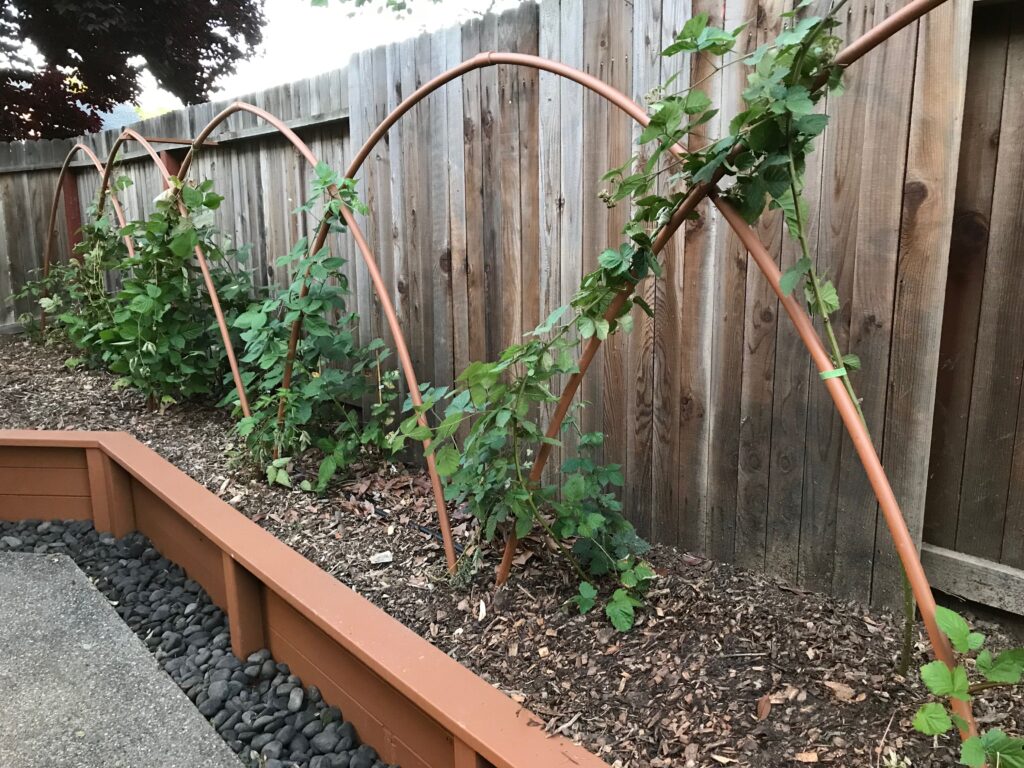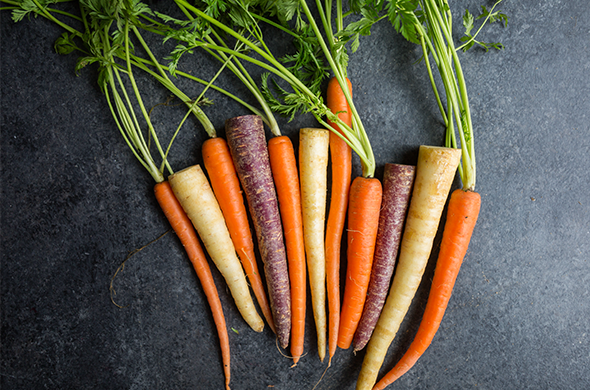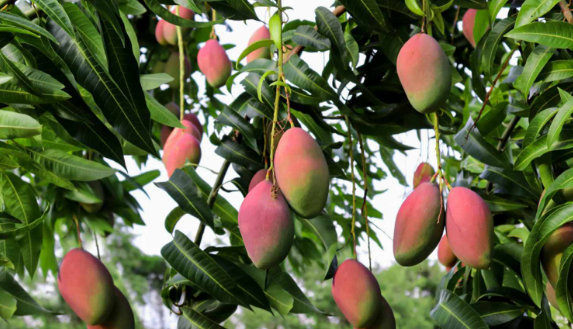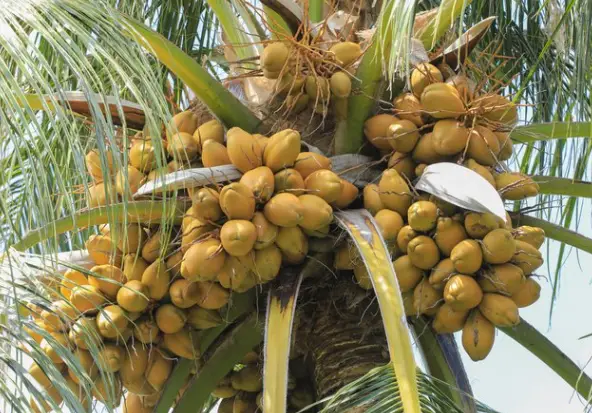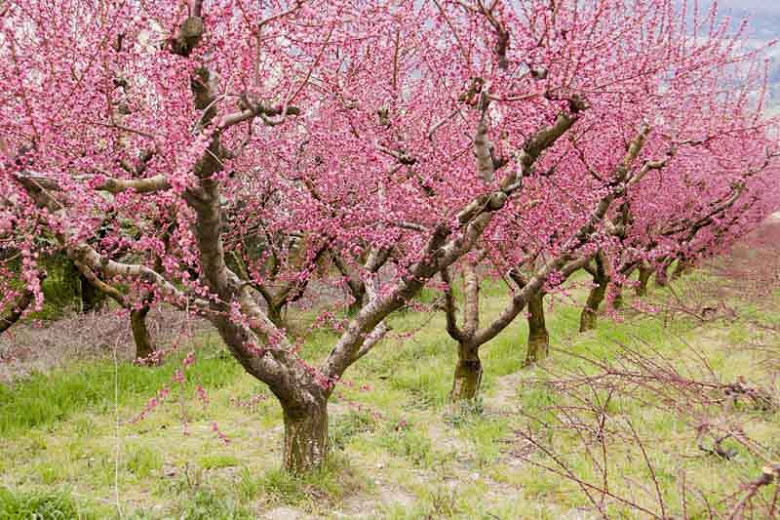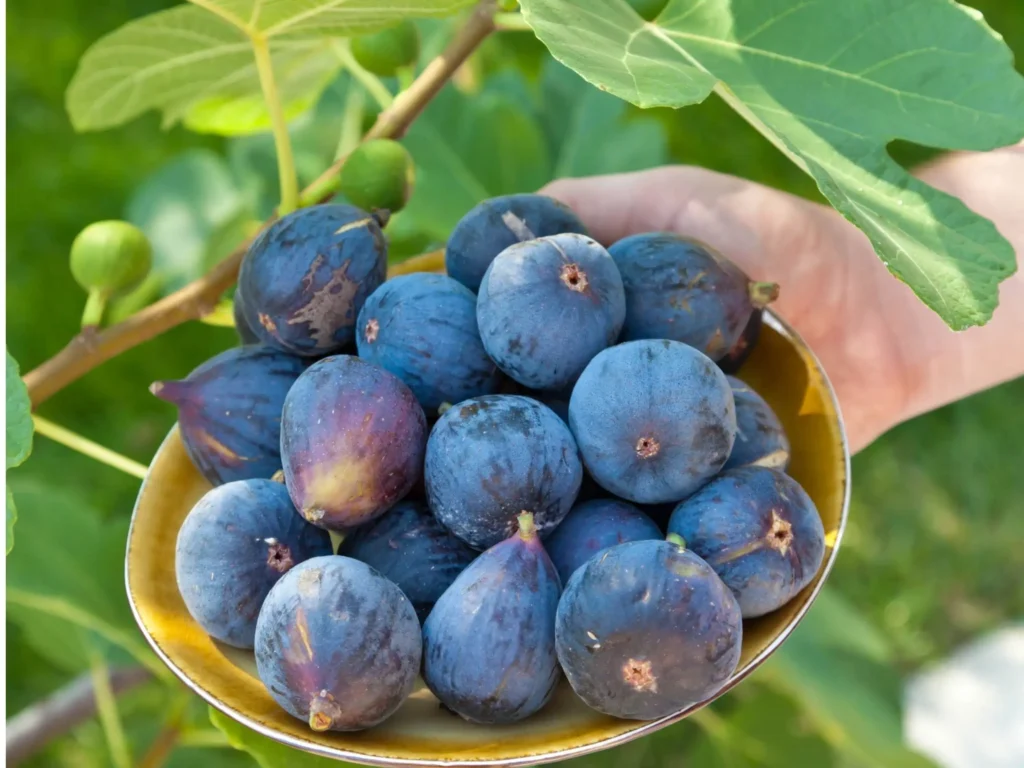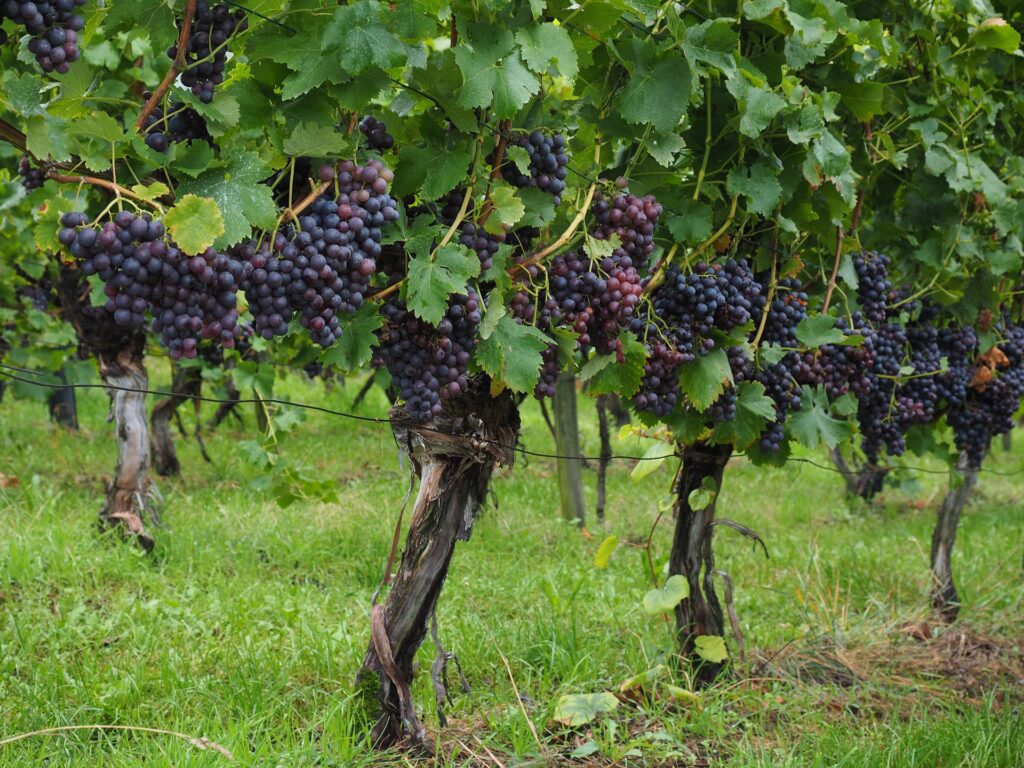Have you ever been curious about whether peanuts are fruits, vegetables, or nuts? You’re not the only one with this question. Peanuts are yummy snacks and are used in lots of recipes. But what category do they fit into? We’ll explain if peanuts are fruits, vegetables, or nuts in this article.
Table of Contents
What are Peanuts?
Peanuts, or Arachis hypogaea, are a type of plant that we get from the legume family, and they’re grown for the seeds we can eat. First found in South America, they are now grown in parts of Africa, Asia, and North America too.
They have a lot of protein, good fats, and other healthy things our bodies need. We eat them by themselves, cook with them and make stuff like peanut butter and oil from them.
What Makes Something a Fruit, Vegetable, or Nut?
Let’s understand what fruits, vegetables, and nuts mean before we figure out which one peanuts are.
- Fruits: A fruit comes from the flowers of plants. After the flowers are pollinated, their ovaries grow into fruits, which hold the seeds. They are often sweet or sour and juicy. Apples, bananas, cherries, and grapes are all fruits.
- Vegetables: Vegetables are the plant parts we can eat that aren’t fruits. They can be roots, stalks, leaves, and even flowers, and you can eat them cooked or raw. Potatoes, celery, spinach, and cauliflower are all vegetables.
- Nuts: Nuts are fruits too, but they have a hard shell that we can’t eat and a seed inside that we can. They’re usually full of fat and protein and can be eaten as snacks or used in recipes. Chestnuts, hazelnuts, and cashews are nuts.
Something is called a fruit, vegetable, or nut based on what it’s like as a part of the plant. But sometimes in cooking, we might call it something else, like how we say tomatoes are vegetables.
Is a Peanut a Fruit, Vegetable, or Nut?
Peanuts aren’t really a fruit, vegetable, or nut. They are legumes, which means they are plants that create seeds in pods. They are part of the same family as beans and lentils. Although peanuts look like nuts on the outside, they aren’t nuts in the way we scientifically define nuts.
Even though we often call peanuts ‘nuts’ in cooking and because they are full of nutrients, they are not true nuts. Instead, they are a form of legume.
This means peanuts are in the legume group, not the fruit, vegetable, or true nut groups.
Why Aren’t Peanuts True Nuts?
Even if people commonly call peanuts nuts, they don’t fit the botanical definition. A true nut is a fruit with a tough shell that you can’t eat and a seed inside that you can eat.
Peanuts have a hard outer layer, but their seeds inside aren’t true nuts—they’re legumes.
Why Aren’t Peanuts Vegetables?
Since vegetables are edible parts of plants that aren’t fruits, peanuts could seem like vegetables. But they aren’t vegetables, either.
Vegetables come from lots of different plant parts like roots, stems, and flowers.
Peanuts grow under the ground, but they aren’t the roots of the plant. That’s why we don’t call them vegetables.
Why Might Peanuts Seem Like Fruits?
If we get technical, peanuts aren’t fruits, either. A fruit develops from the ovary of a flower after it’s been pollinated and holds the seeds.
But, because peanuts grow from the ovary of a flower and they make pods with seeds inside, they are more like fruits than other categories. That’s why sometimes peanuts are called “fruit pods.”
Why Do We Say Peanuts Are Legumes?
Calling peanuts ‘legumes’ fits because they grow underground and make pods with seeds inside them. Legumes are plants that create these kinds of pods.
Most legumes grow above ground, but peanuts are unusual because they grow under the ground. Yet, they are still legumes because they are like other legumes such as chickpeas, lentils, and soybeans.
In conclusion, peanuts are neither true nuts nor vegetables, but a kind of legume which is sometimes thought of as a fruit.
Knowing whether peanuts are fruits, vegetables, nuts, or legumes might seem like just a detail, but it helps us understand plants better. When we know what group plants belong to, we can learn more about their nutrition and make smarter food choices.
